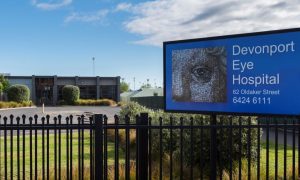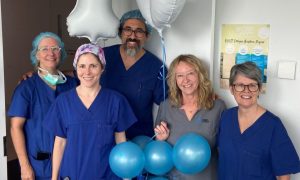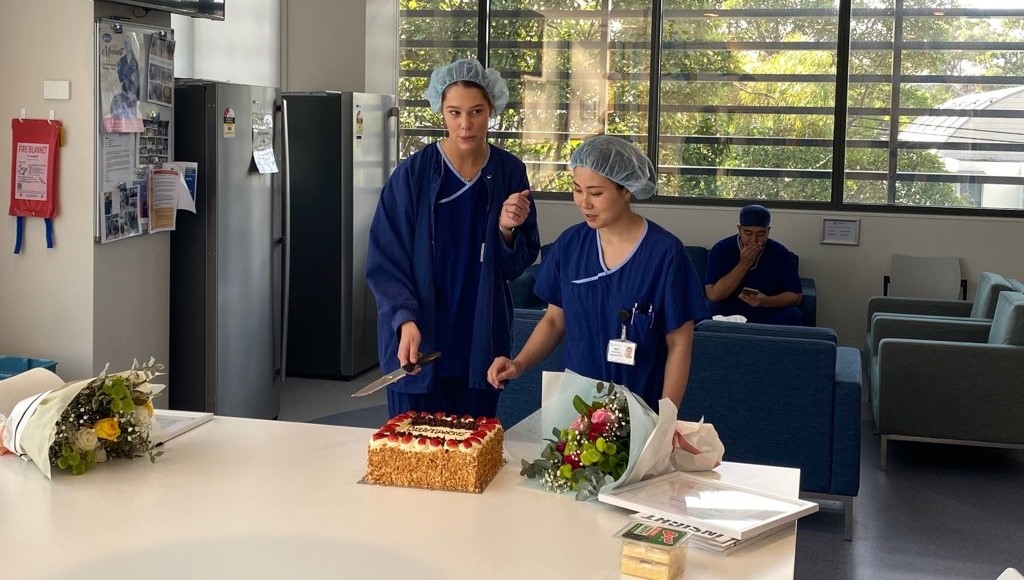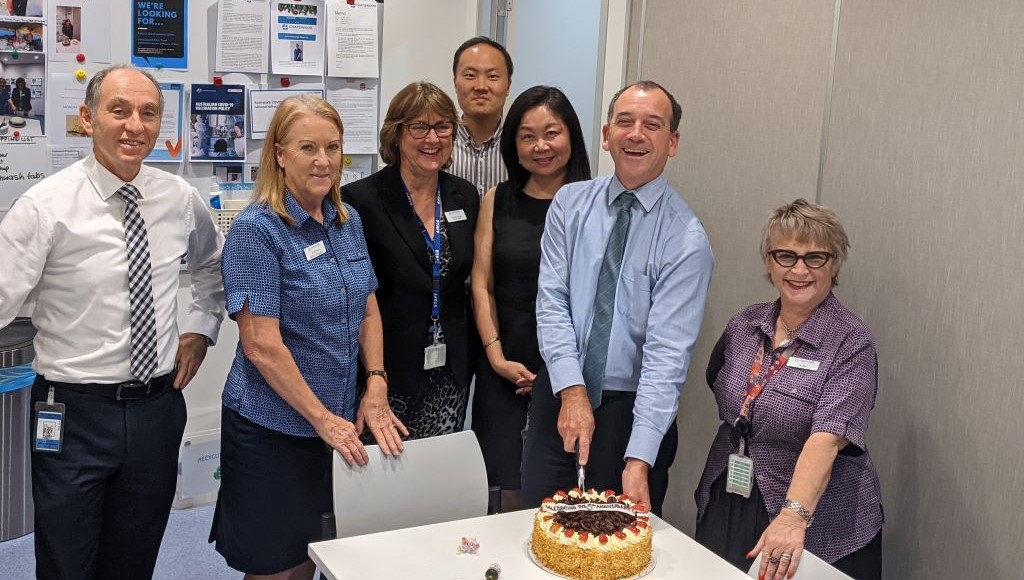Welcome to Chatswood Private Hospital
Chatswood Private Hospital is a state-of-the-art facility that opened in January 2016 in the Sydney north shore suburb of Chatswood. Our custom-built facility hosts precision instrumentation, complemented by highly experienced specialist nursing staff who use best practice sterilisation procedures. With an average stay of just three and a half hours, we are proud of our record of excellent recovery with minimal disruption to patients’ lives. Chatswood Private Hospital joined the Cura Day Hospitals Group in 2024.
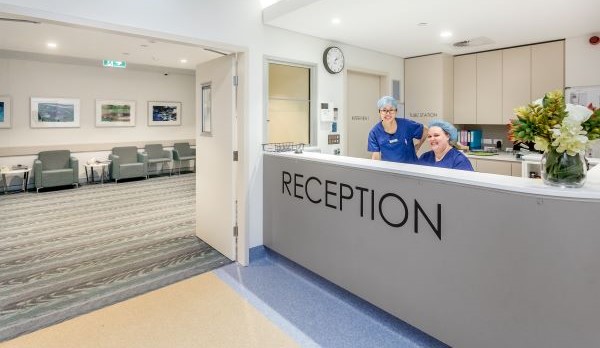
- Patient Information
- Find a Doctor
- Patient Feedback
- Australian Charter of Healthcare Rights
- Patient Safety and Quality
- Governance
- Online admissions
- Our Procedures
Adenoidectomy is a surgical procedure performed to remove the adenoids (a mass of lymphoid tissue located behind the nasal passages).
Bone-Anchored Hearing Aid (BAHA) surgery is a procedure that involves inserting a titanium implant into the skull to treat hearing loss. The surgery is usually performed by an otolaryngologist.
Cautery of septum, or nasal cauterisation, is a procedure in which the mucous membranes in the nose are cauterised in order to treat nosebleeds (epistaxis).
Functional endoscopic sinus surgery (FESS) is a surgical treatment for some diseases of the nose and paranasal sinuses. It is usually undertaken as surgical treatment for sinusitis and nasal polyposis, including fungal sinusitis.
Mastiodectomy is a surgical procedure to remove an infected portion of the bone behind the ear when medical treatment is not effective.
Laryngoscopy refers to a procedure used to view the inside of the larynx (the voice box).
Rhinoplasty is a surgical procedure which improves the appearance or function of the nose by reshaping the nasal bone and cartilage. It is performed by either an Otolaryngologist – head and neck surgeon, Maxillofacial surgeon, or Plastic surgeon.
Septoplasty is a corrective surgical procedure undertaken to straighten the nasal septum (the partition between the two nasal cavities).
Sialendoscopy is the endoscopic diagnosis and treatment of conditions involving the Submandibular and Parotid salivary glands. The most common condition is where a sialolith (or stone) caused by a calcium build up, has caused an obstruction. Sialendoscopes enable to surgeon to simultaneously locate and remove the stones.
A stapedectomy is a surgical procedure of the middle ear performed to improve hearing.
A tonsillectomy is a surgical procedure in which the tonsils are removed from either side of the throat.
A turbinectomy is a procedure to relieve nasal congestion in which some or all of the turbinate bones in the nasal passage are removed.
In chronic cases of otitis media with effusions present for months, surgery is sometimes performed to insert a grommet, called a “tympanostomy tube” into the eardrum to allow air to pass through into the middle ear, and release any pressure build up and help clear excess fluid within.
A blepharoplasty is a procedure which removes excess or sagging skin from upper and/or lower eyelids. The surgery is usually performed for cosmetic reasons however; it can improve sight in patients whose eyelids are obscuring their vision.
A canthoplasty is a surgical procedure that tightens the area around the eye in order to correct a drooping appearance, and create an upward slant in the outer corner of the eye.
A chalazion is a lump on the eyelid that is usually caused by obstruction of the drainage duct of an oil gland within the upper or lower eyelid. Surgical removal of chalazion may become necessary if vision becomes obscured, or an astigmatism.
A Dacryocystorhinostomy (DCR) is an operation performed to unblock the nasolacrimal duct (tear duct).
Ectropion is a medical condition where the eyelid folds outward. Corrective surgery involves the removal of a small piece of the fold to tighten the muscles in the area.
An Endoscopic Brow Lift is a procedure in which a small endoscope is used to perform brow lift surgery. The scope is inserted into small incisions behind the hairline, providing surgeons with a clear view of the muscles and tissues beneath the skin.
Entropion is a medical condition where the eyelid folds inward. Corrective surgery involves the removal of a small piece of the fold to tighten the muscles in the area.
Excision of lesions is a procedure to remove growths such as lesions, moles and tumours from the skin, sometimes accompanied by frozen sections and followed by sutures or a graft. The most common reason for undertaking this procedure is for the removal of skin cancers such as Basal Cell Carcinoma which is the most common skin cancer on the face.
Ptosis is a drooping of the upper eyelid. Corrective surgery is performed by tightening the levator muscle through an incision in the normal crease in the upper lid.
A Punctoplasty is performed to widen the punctual opening to improve the drainage of tears in patients with punctual stenosis (the abnormal narrowing of the lacrimal punctum).
A wedge excision is a procedure which removes cancers from the edge of the eyelid.
Cataract surgery is the surgical replacement of a cloudy lens with an artificial intraocular lens (IOL) implant to restore vision. The cloudy lens is broken up and removed with an ultrasound probe through a very small incision in the eye, and the artificial lens is inserted.
Cyclodiode laser treatment causes cyclodestruction, destroying a portion of the ciliary body, a structure in the eye which produces aqueous fluid. This can reduce the amount of fluid produced and therefore reduce pressure inside the eye. The laser energy is directed to the ciliary body via a probe that is held against the wall of the eye.
Enucleation of the eye is the surgical removal of the eye. It is a mostly used as treatment for malignant tumor in the eye or to relieve intolerable pain in a blind eye.
Evisceration is a surgical technique by which all intraocular contents are removed while preserving the scleral shell, and surrounding muscle.
Femtosecond-assisted (Femto) laser in-situ keratomileusis (LASIK) is a type of laser eye surgery. This method, along with other refractory surgeries, is used to reshape the cornea of the eye in an effort to resolve vision problems.
A Gundersen Flap is a surgical procedure in which a section of the patient’s conjunctiva is sutured over a damaged section of their cornea in order to protect it.
An ICL procedure involves the insertion of an implantable contact lens in the front chamber of the eye, leaving the natural lens intact. The procedure, undertaken to correct short- or long-sightedness, is often used as an alternative to corrective laser procedures.
Intravitreal injections are used in the treatment of Age-Related Macular Degeneration. The Injections work by inhibiting the growth of abnormal blood vessels at the macula, and help to prevent leakage of these blood vessels.
A penetrating keratoplasty, or corneal transplant, replaces diseased or scarred corneal tissue with healthy tissue from an organ donor. Corneal transplants can treat a number of conditions such as keratoconus, Fuchs’ dystrophy, corneal infection, corneal dystrophy and corneal injury or trauma.
Pneumatic Retinopexy is a procedure in which retinal detachment is treated through the injection of a gas bubble.
A pterygium is a growth of blood vessels and fibrous tissues covering the surface of the eye due to over-exposure to sunlight over an extended period of time. A pterygium is treated with a surgical excision and an auto-conjunctival graft.
A refractive lensectomy or refractive lens exchange, replaces the natural lens with an artificial intraocular lens (IOL) implant. The surgery is usually performed to reduce a patient’s dependence on glasses or contact lenses.
A scleral buckle is when a silicone band is placed on the outer wall of the eye to close a retinal tear. Injections of gas or cryotherapy (intense cold) are also used to assist the buckle in closing the retinal tear.
Squint surgery involves tightening the extraocular eye muscles to change the eye position in order to correct a turned eye.
A temporal artery biopsy is the most common diagnostic test for giant cell arteritis.
Glaucoma is characterised by elevated intraocular pressure associated with optic cupping and visual field loss. Trabeculectomy surgery lowers intraocular pressure by forming a new drainage to allow fluid to escape from the eye.
Vitrectomy is a surgery which removes the vitreous gel from the eye to assist in the repair of retinal detachments, macular holes and retinal membrane surgeries.
Dental implants are used to replace damaged or missing teeth. A dental implant procedure is where a screw or metal fixture is implanted into the jaw as the base for a new false tooth.
Oral pathology is the study of oral diseases. Diagnostic procedures include conventional biopsy, brush biopsy, and exfoliative cytology.
When wisdom teeth have the potential to cause problems or become impacted, they may be removed surgically. In the procedure, the surgeon makes a small incision and extracts the tooth with forceps.
A tooth extraction is the removal of a tooth from the dental alveolus (socket) in the alveolar bone.
The forehead lift or browlift is performed to correct sagging eyebrows or improve the lines of a person’s forehead.
An excision of lesion procedure is the surgical removal of a skin lesion. Skin lesions can be any lumps on the skin including moles, cysts, warts or skin tags.
An excision of melanoma procedure is the surgical removal of melanoma (a form of skin cancer).
Otoplasty, also known as ear correction surgery or ‘ear pinning’, is performed to move prominent or protruding ears closer to the head. It is done using permanent sutures to hold the ears in place.
Rhinoplasty is a surgical procedure which improves the appearance or function of the nose by reshaping the nasal bone and cartilage. It is performed by either an Otolaryngologist – head and neck surgeon, Maxillofacial surgeon, or Plastic surgeon.
Contact Details
Opening Hours: 8:30am to 5:30pm, Monday to Friday. Our friendly personnel are always ready to assist with your enquiries.
Tel: (02) 9413 4822
Contact Person: Kerrie Legg, CEO/Director of Nursing [email protected]
Address: Suite 1, 38B Albert Avenue, Chatswood NSW 2067
- Follow Chatswood Private Hospital on social

